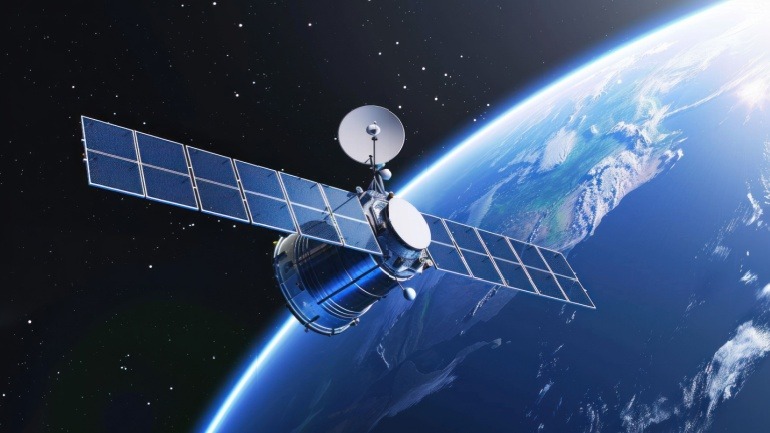The wireless landscape is advancing rapidly, setting the stage for Wi-Fi 8 to address the demands of a hyper-connected future. With a surge in devices across homes, enterprises, and industries, the limitations of current Wi-Fi standards are pronounced. Wi-Fi 8 (also known as IEEE 802.11bn), is specially crafted for device-dense environments that require low latency and can handle significant data loads. It’s an evolution from recent standards like Wi-Fi 6, 6E, and 7 and promises not just increased speeds, but smarter, efficient networks.
Foreseeing a massive device boost, industry predictions by Transforma Insights reveal a staggering increase in active IoT devices—expected to rise from 17.7 billion today to 40.6 billion by 2034. Wi-Fi and other short-range technologies will continue to dominate, comprising about 75% of these connections.
In homes, the demand for connectivity has evolved from luxury to necessity. Multiple devices, from wearables to smart appliances, now compete for bandwidth. Wi-Fi networks are stretched thin. Achieving seamless, low-latency streams is increasingly crucial for applications like cloud gaming and AR/VR.
In business and industrial environments, robust connectivity is essential. The rise of smart factories and autonomous systems demands efficient networks. Use cases such as digital twins and critical operations in sectors like defense and transport need reliable, low-latency solutions.
Current Wi-Fi networks are experiencing notable challenges. For instance, in high-density locations, traditional protocols cannot handle the competition for airtime effectively. Applications requiring low latency such as telepresence and industrial automation face disruptions due to network jitter. Energy efficiency and security challenges further complicate the scenario.
To address these, Wi-Fi 8 introduces several innovations. Multi-Access Point Coordination (MAPC) stands out, enhancing communication among access points for better spectrum management and reduced interference. It builds on past advancements like OFDMA in Wi-Fi 6 and Multi-Link Operation in Wi-Fi 7. Moreover, Wi-Fi 8 is expected to integrate mmWave technology, boosting capacity drastically in dense settings.
The promise of smarter spectrum and traffic management comes with predictive scheduling and adaptive channel use. This design aims for real-world improvements and involves features like enhanced Target Wake Time for energy efficiency and AI-driven network management.
Although Wi-Fi 8 awaits official ratification around 2028, tech companies are preparing early. The sampling of chipsets could start by 2026. The rollout is expected to align closely with the emergence of AI-powered networks and immersive experiences by the decade’s end.
Wi-Fi 8 is more than a performance enhancement. It’s a paradigm shift in network capability, engineered to accommodate the scale, variety, and sophistication of future connectivity needs. Through innovations in managing congestion, latency, and energy, Wi-Fi 8 will underpin future autonomous systems, digital twins, and immersive consumer experiences, cementing its role in a wired future.







